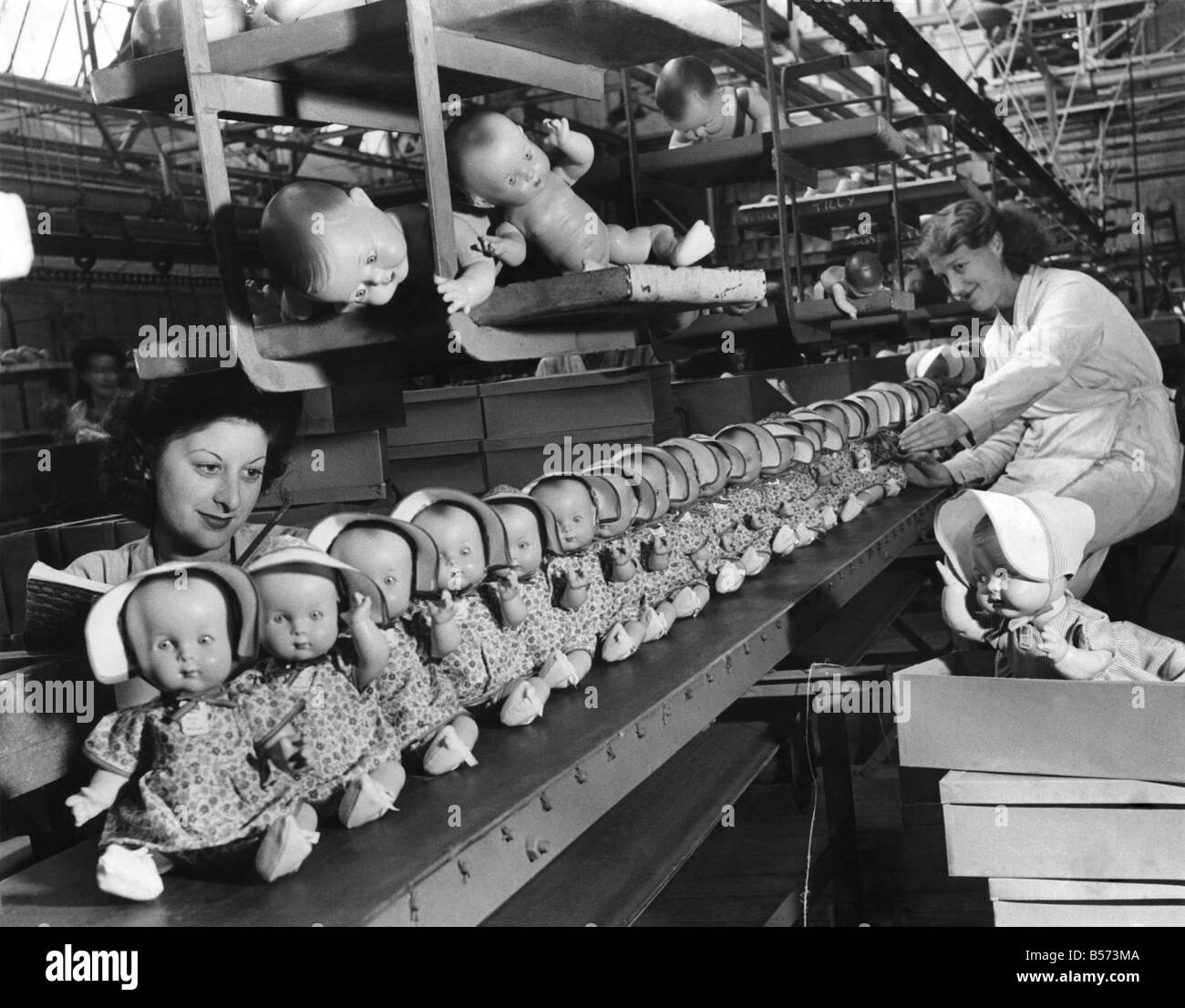
Britain's largest toy
factory, Lines Workshop

Nowadays, the popularity of mass-produced toys has caused heritage and culturally-charged toys, like these Penny Babies, to become rarer (Chang, 2025). This change was observed as the Industrial Revolution marked a shift in toy manufacturing (Gomez, 2024). Prior to the Industrial Revolution in the late 18th century, the Victorian Era was marked by the ‘Age of the Child’ (Lauwaert, 2009). The toy industry shifted its products to emphasize their vulnerability and their innocence. However, this awakening worked differently from one social background to another. Children from working, middle, and upper classes were targeted differently alongside those who lived in rural areas as opposed to urban areas, and finally, boys as opposed to girls. This narration of ‘preciousness’ generally took root among the most privileged children, leading to child-specific products taking form to the leading consumers (Lauwaert, 2009)

During the 18th and 19th centuries, advent machines and assembly were introduced in the industry. Toys began to be produced on a larger scale and, fortunately for companies, at a lower cost of production. It finally led to the introduction of toys on a broader market, leaving the exclusionary affordance of toys to wealthy classes (Gomez, 2024).
However, toy consumption and making were still evolving. Indeed, the post-war period contributed to the use of plastic materials. Previously, toys were made of different materials such as porcelain, wood, or fabric. Plastic affords variety and affordability to companies (Gomez, 2024). This additional shift in toy manufacturing was also marked by the complex presence of pop culture, where toys like Legos became pop culture references while simultaneously big companies like Disney or Marvel turned to toys in merchandising. Thus, led to Barbie dolls replacing porcelain dolls on the shelves of the toy aisle.